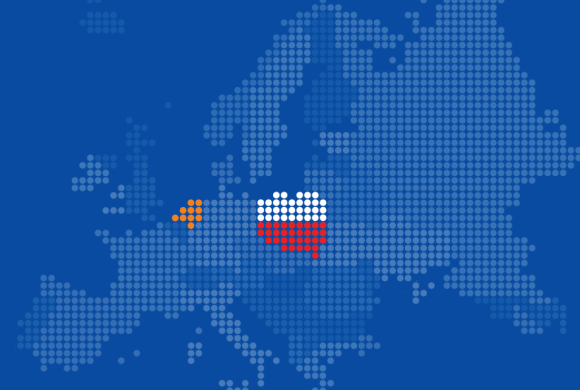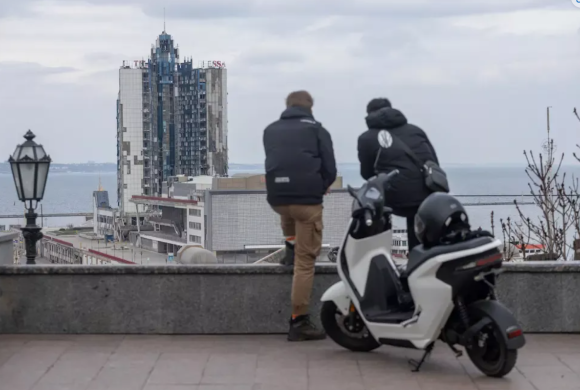The Eastern Partnership: Three dilemmas in a time of troubles

In early 2021 a new Eastern Partnership (EaP) Summit will take place between the European Union and the six countries in its eastern neighbourhood: Armenia, Azerbaijan, Belarus, Georgia, Moldova and Ukraine. After over a decade, the ambitious objectives of the EU’s Eastern Partnership policy to deliver ‘stability, security and prosperity’ to the region remain far from reality. Democratization and good governance reforms have been stalled by vested interests in Georgia, Ukraine and Moldova, while Azerbaijan and Belarus have remained outright autocratic, and the latter faces sustained domestic protests. The EaP faces geopolitical pushback by an increasingly assertive Russian Federation and the region is further affected by multiple protracted and ongoing conflicts, including the recent bitter war over Nagorno-Karabakh. But despite its shortcomings, the EaP is not without successes, especially but not only in the economic sphere. The EU has also managed to keep the door open for conversation, spurred lower-level reform and provided civil society support. As such, the EaP has an important role to play in the policy of the Netherlands towards the region, especially in light of recent requests by the Dutch Parliament to formulate an Eastern Europe strategy. But many thorny questions remain in the run-up to the summit.
This report assesses three policy dilemmas that need to be considered by the Netherlands and the European Union in order to make the EaP more effective. First, the EU needs to reconcile its geopolitical interests with its normative aspirations. Second, the added value of the EaP’s multilateral track should be deliberated with consideration of the differentiation in bilateral relations with EaP countries. Third, the EU will need to consider how to deal with protracted conflicts, hybrid threats, and other security challenges in the EaP region.
Read full report.





